From development land, residential land to townhomes whatever you are looking for RPM has the ideal location for you.
From development land, residential land to townhomes whatever you are looking for RPM has the ideal location for you.

Development Land
Specialists in sourcing and selling development land for commercial and residential projects. Explore current and past opportunities.
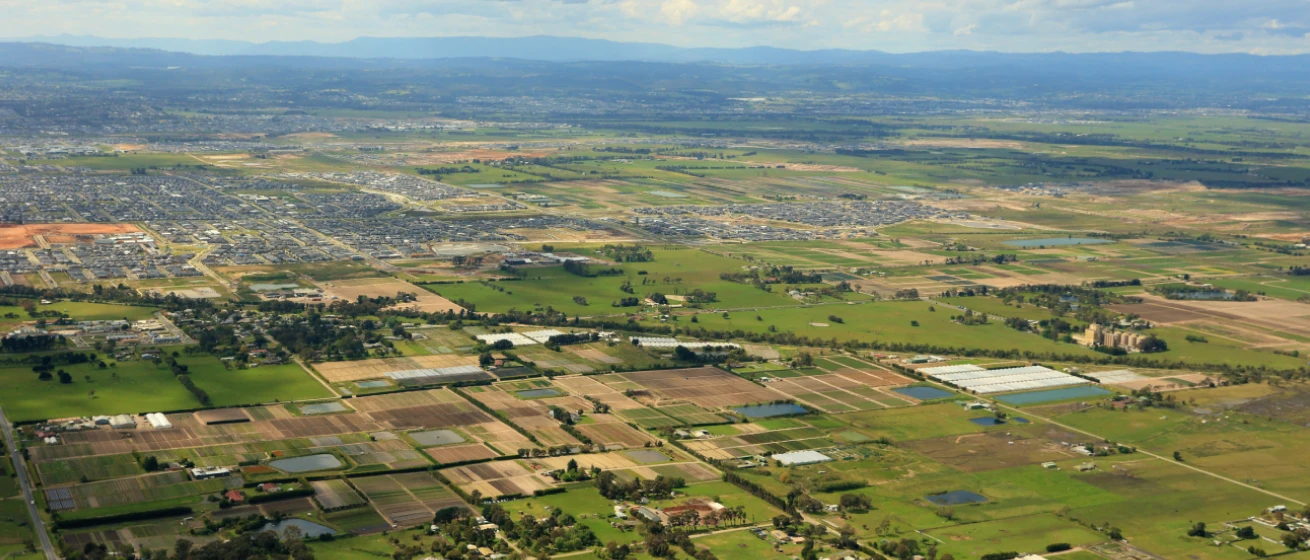
Residential Land
Across Australia’s East coast RPM has the ideal land to suit your lifestyle and dream home, explore the projects RPM is proud to be partners in selling.
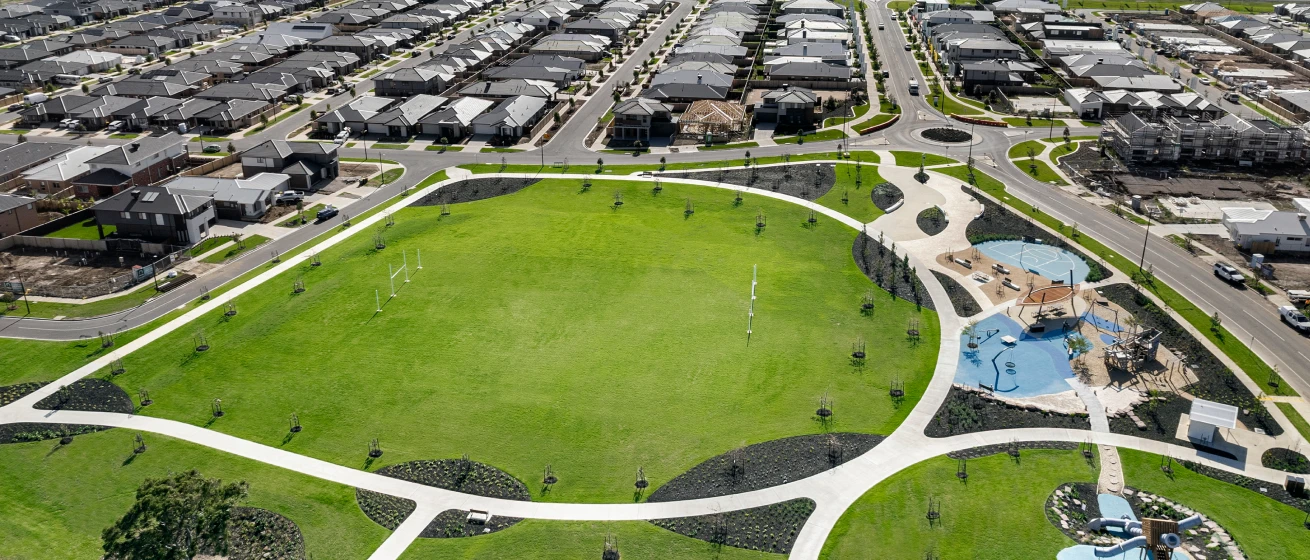
Townhomes
With townhouses to suit every lifestyle and budget, find your perfect home today.
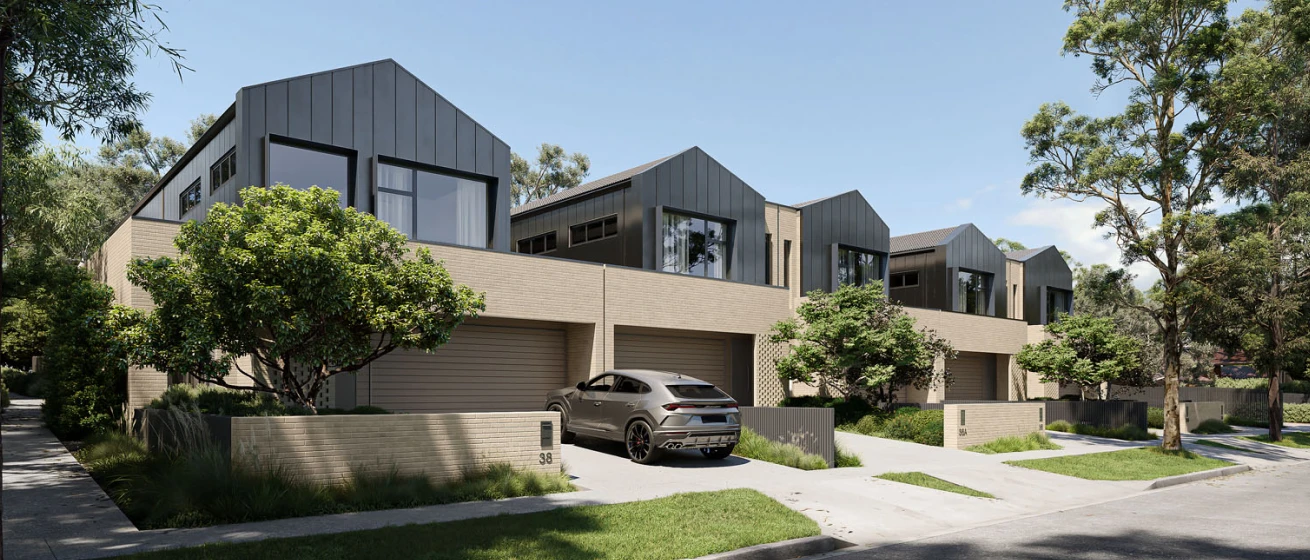
Apartments
Inner city & coastal new apartment projects. Explore our projects to find your perfect location and style of living.
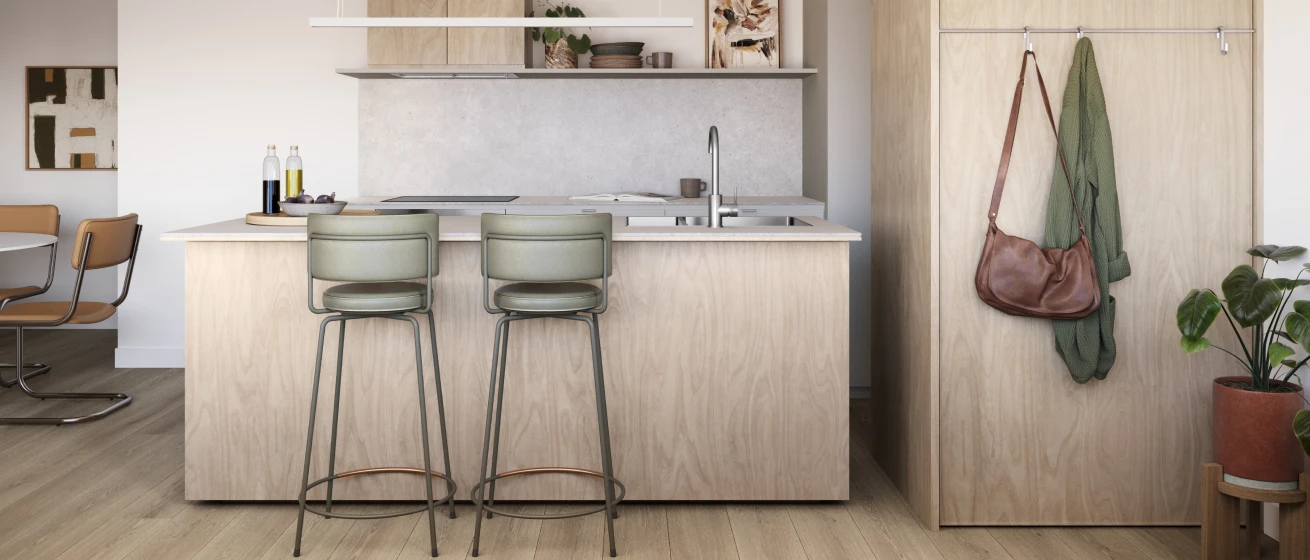
RPM offer a comprehensive suite of professional services at every stage of your property journey.
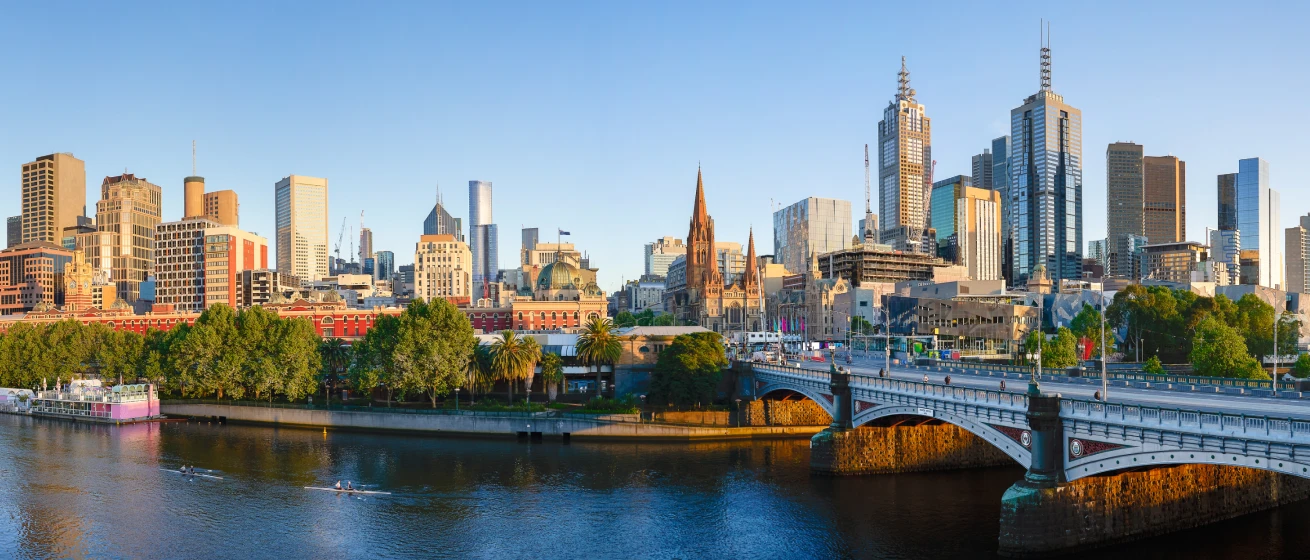
RPM offer a comprehensive suite of professional services at every stage of your property journey.
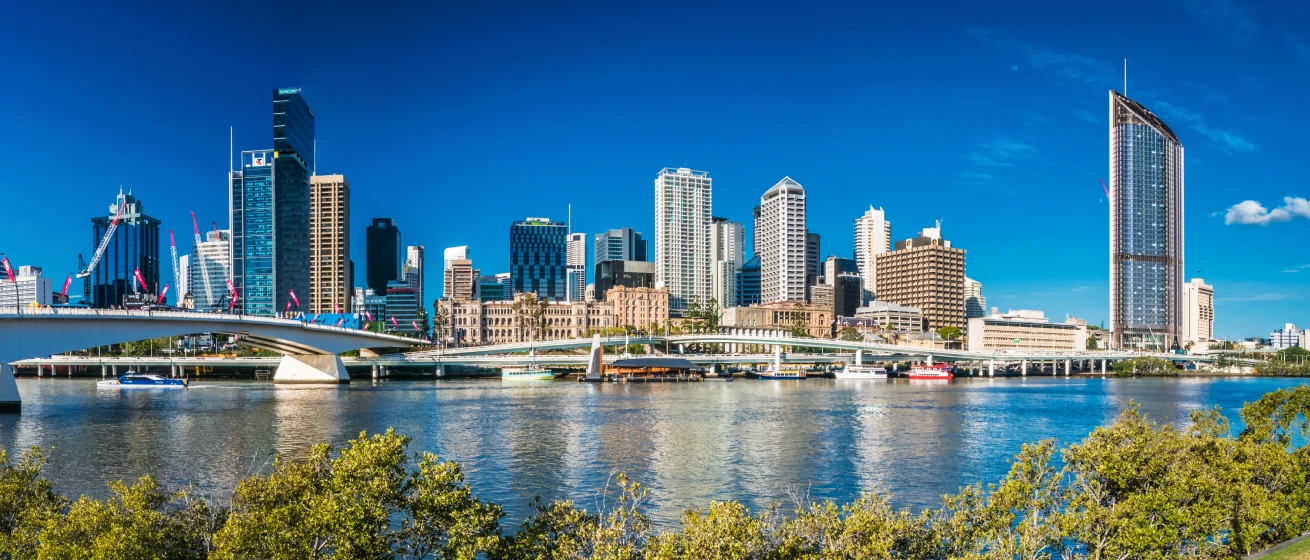
Pioneering new benchmarks in property intelligence, know-how, and data-driven insights, read the RPM Group's story.
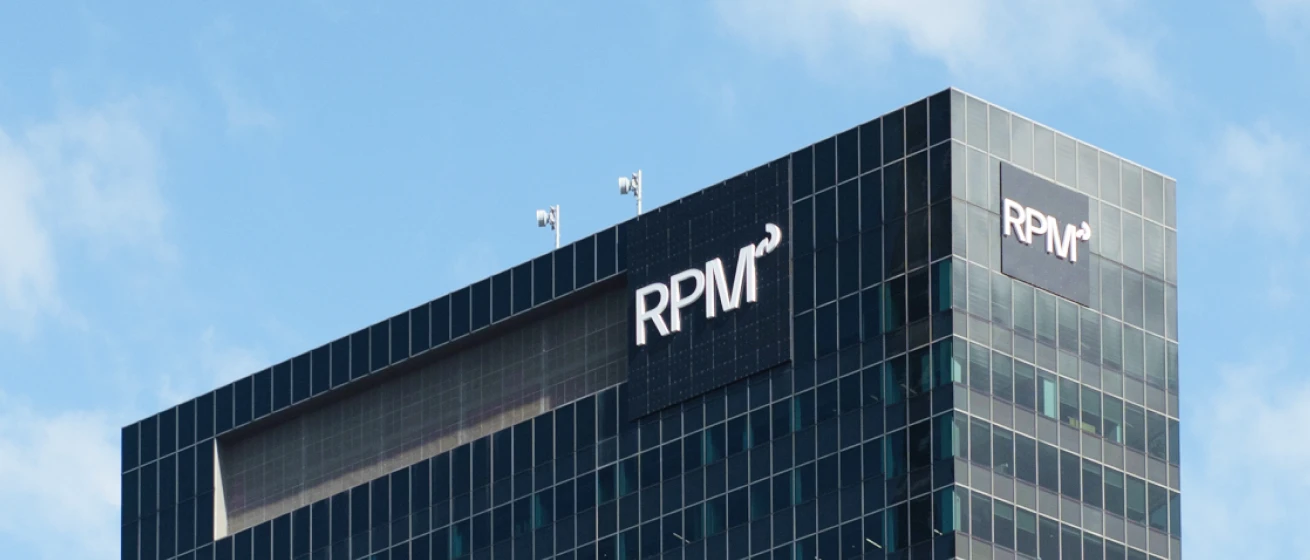
Our Story
Since 1994, RPM has grown to become the industry-leader with an expanding national presence; offering a comprehensive suite of services

Our Team
The heart of our business are the people who make it thrive. Discover the passion and dedication of our national team.
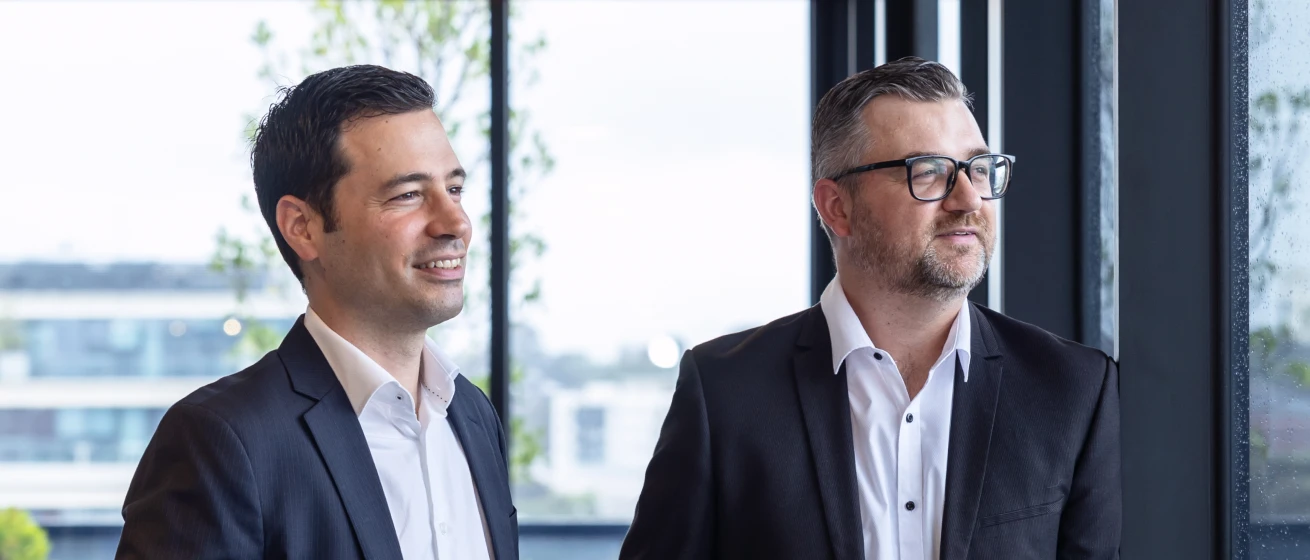
Careers
Our team of property experts is truly unparalleled. See how you can join this exceptional group and shape your future with us.

23.03.2023
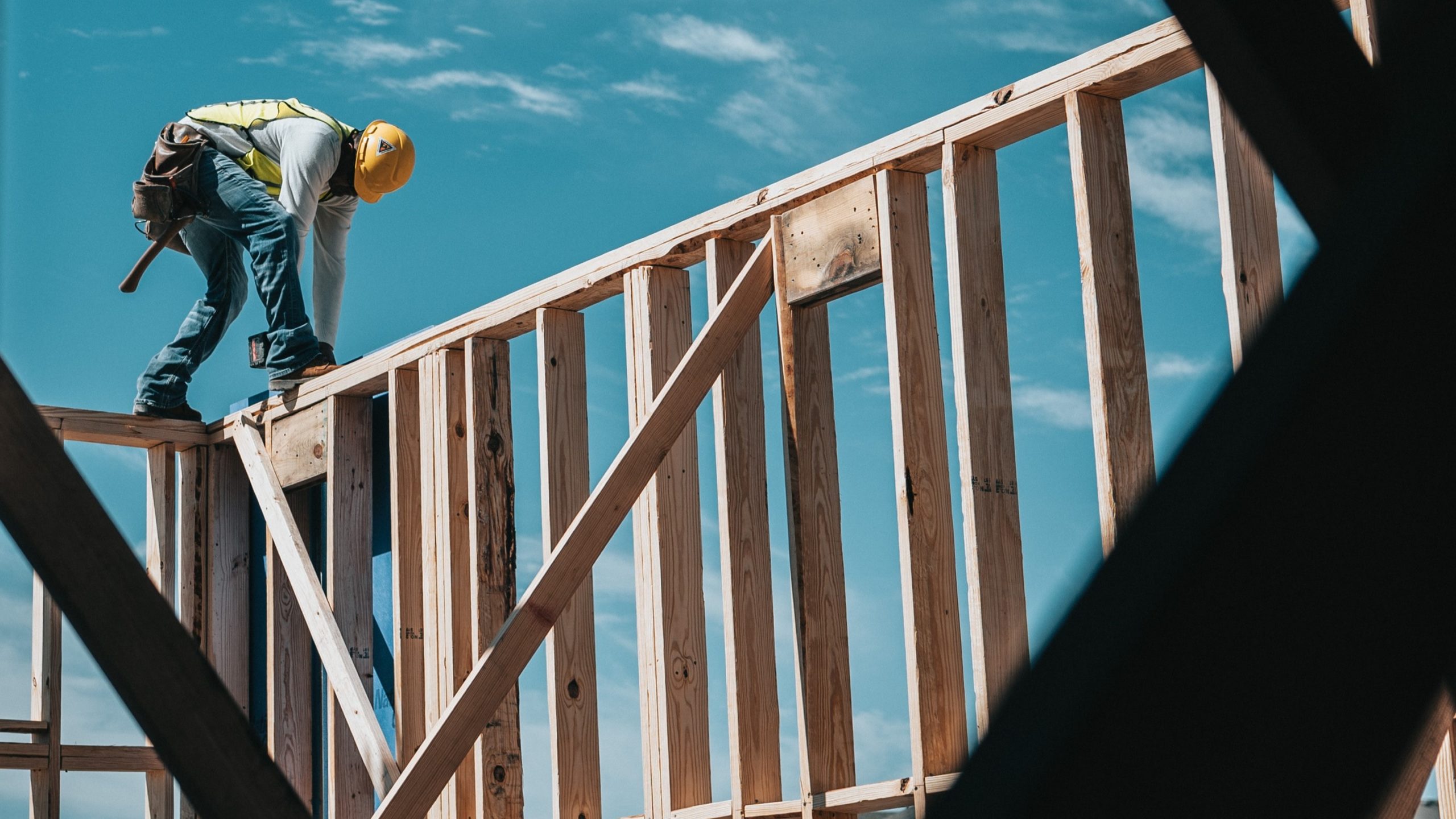
As households scramble to save deposits or cover ballooning mortgage repayments, one beneficiary of the rising cost of living is the secondary land market. With low clearance rates in the established property market and decreasing sales levels in the vacant land sector, there is a growing lack of potential suitors for both established homes and new blocks.
It’s not surprising, then, as at December 2022 the land market has grown significantly, with 1,292 lots returned to market across Melbourne and Geelong, compared to 762 in the first half of the year. While these figures are significantly higher than 2021, they are nowhere near as great as the stock numbers returned to market during 2019 and 2020 – indicating that a level of ‘normalisation’ is playing a role. But with interest rates continuing to climb and high construction costs now par for the course, more people will need to sell as the cost of building their new homes stretches beyond their reach.
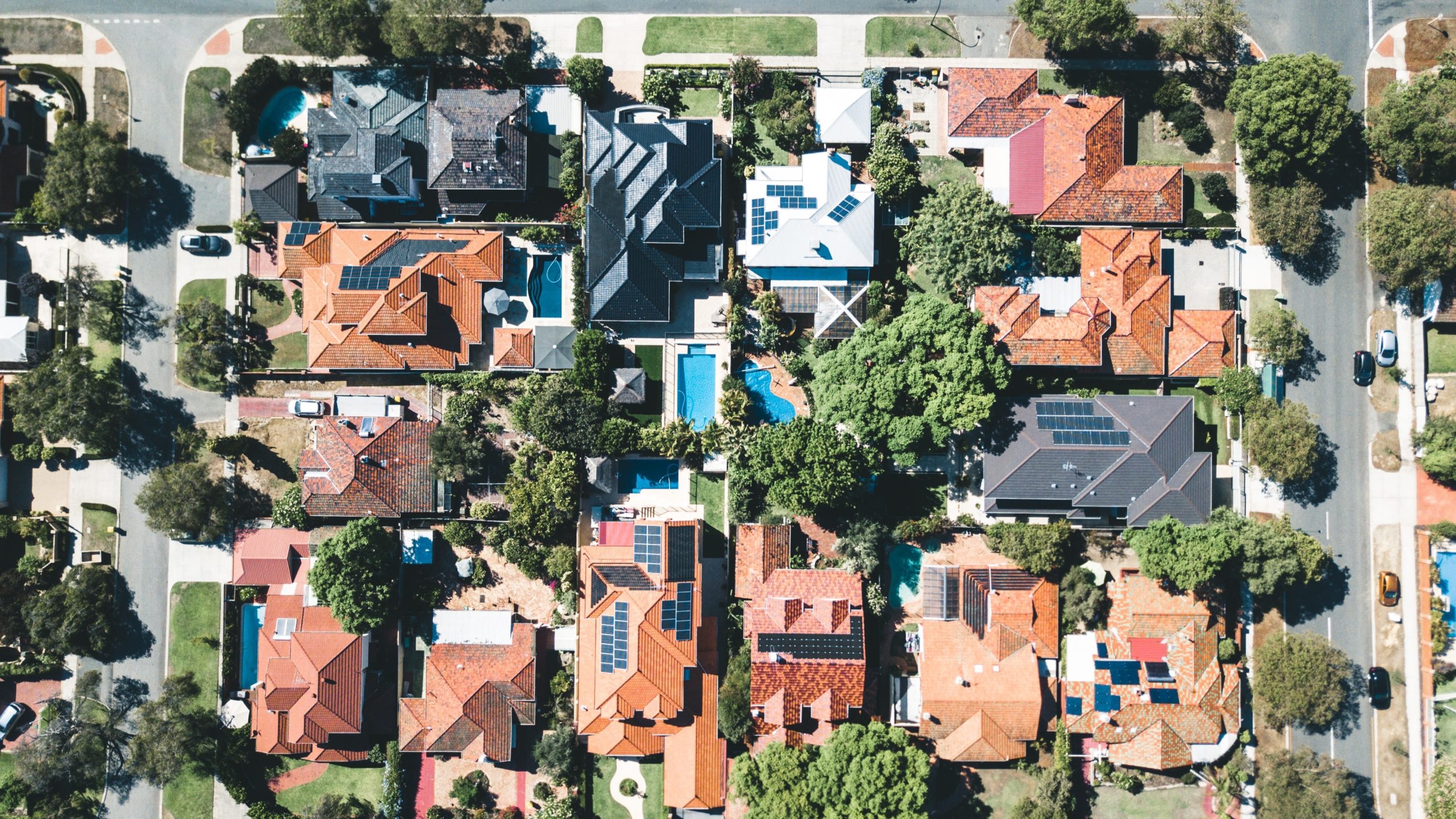
Lots remain larger in the secondary market, meaning a lower price per square metre. But the reality is the secondary market is intrinsically linked with both the established and primary markets, and as developers set more competitive prices to try and take a larger share of a shrinking market, resale lot prices will need to follow trend.
In 2019 and 2020 a large number of sellers in the secondary market were speculators attempting to make some quick cash in a rising market. This time around, through, the mushrooming resale market will likely be made up of owner occupiers unable to settle in a rising lending environment, and of those, first home buyers will be particularly impacted.
This article was originally published in our Q4 2022 Greenfield Market Report. For the full report, click here.
You can see how this popup was set up in our step-by-step guide: https://wppopupmaker.com/guides/auto-opening-announcement-popups/
